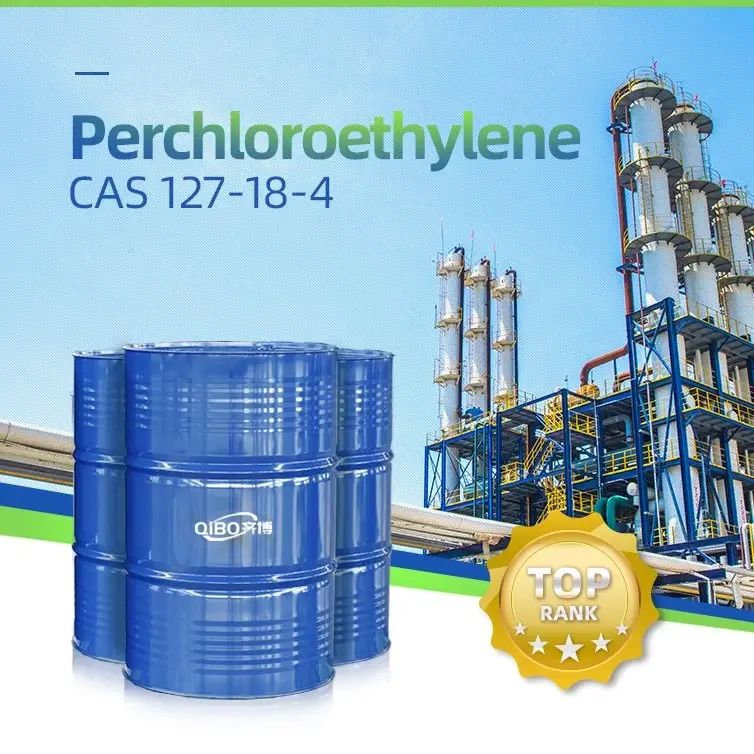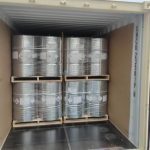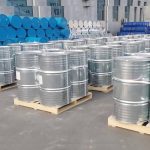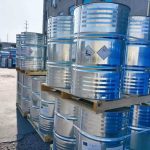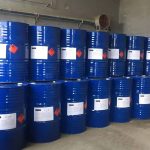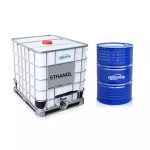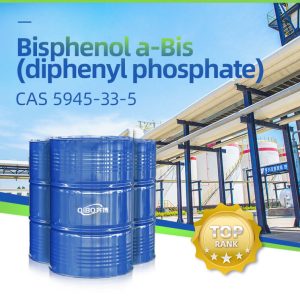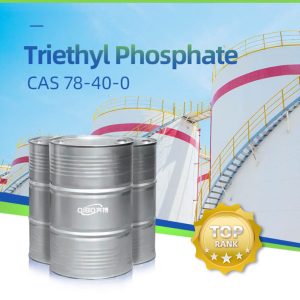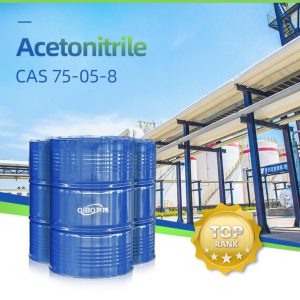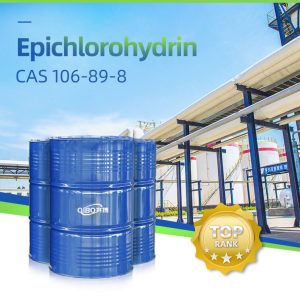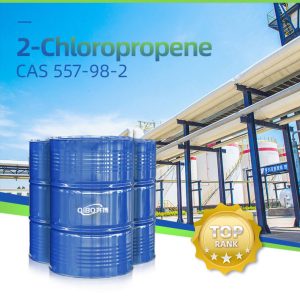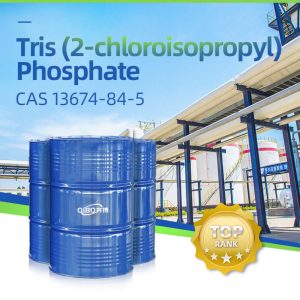
PROUDCTS
Home » PRODUCT » Hydrocarbon&Derivatives » Perchloroethylene
Product introduction
| CAS NO. | 127-18-4 | Formula | C2Cl4 |
| EINECS NO. | 204-825-9 | water soluble | Insoluble |
| Melting point | -22 ℃ | HS CODE | 29032300 |
| Boiling point | 121 ℃ | Critical temperature | 374℃ |
| Density | 1.622 g/cm³ | UN NO. | 1897 |
| Appearance | Colorless transparent liquid | CLASS | 6.1 |
| Flash point | 150 ℃ | Solubility | Insoluble in water, miscible in most organic solvents such as ethanol, ether, chloroform, etc. |
Tetrachloroethylene, also known as perchloroethylene, is an organic compound with chemical formula C2Cl4, colorless liquid, insoluble in water, miscible in most organic solvents such as ethanol, ether, chloroform, etc. It is mainly used as organic solvent, dry cleaning It can also be used as a solvent for adhesives, a degreasing solvent for metals, a desiccant, a paint remover, an insect repellant, a fatty extractant, and it can also be used in organic synthesis.
The main purpose
Mainly used as organic solvent, dry cleaning agent, can also be used as adhesive solvent, metal degreasing solvent, desiccant, paint remover, insect repellent, fat extraction agent, and also used in organic synthesis.
Handling and Storage
Operation main matters: closed operation, strengthen ventilation. Operators must undergo special training and strictly abide by operating procedures. It is recommended that operators wear self-priming filter respirators (half masks), chemical safety goggles, gas-penetrating respirators, and chemical-resistant gloves. Keep away from fire and heat sources, and smoking is strictly prohibited in the workplace. Use explosion-proof ventilation systems and equipment. Prevent vapors from leaking into the workplace air. Avoid contact with alkalis, active metal powders, and alkali metals. When handling, it should be lightly loaded and unloaded to prevent damage to packaging and containers. Equipped with the corresponding variety and quantity of fire fighting equipment and leakage emergency treatment equipment. Empty containers may be harmful residues.
Storage Precautions: The warehouse is ventilated and dry at low temperature; it is stored separately from oxidants and food additives; stabilizers, such as hydroquinone, are required for storage. Store in a cool, ventilated warehouse. Keep away from fire and heat sources. The packaging is required to be sealed and not in contact with the air. It should be stored separately from alkalis, active metal powders, alkali metals, and edible chemicals, and should not be mixed. Equipped with the appropriate variety and quantity of fire equipment. Storage areas should be equipped with emergency release equipment and suitable containment materials.
Emergency release treatment
Quickly evacuate personnel from the leaked contaminated area to a safe area, isolate them, and strictly restrict access. It is recommended that emergency personnel wear self-contained positive pressure breathing apparatus and protective clothing. Enter the scene from upwind. Cut off sources of leaks as much as possible. Prevent flow into restricted spaces such as sewers and flood drains.
Small spills: Absorb or absorb with sand or other non-combustible materials. It can also be washed with an emulsion made of a non-flammable dispersant, and the washing liquid is diluted and put into the wastewater system for treatment and discharge.
Large spills: Construct dikes or dig pits for containment. Cover with foam to reduce vapor hazards. Transfer it to a tanker or a special collector with a pump, and recycle it or transport it to a waste disposal site for harmless treatment to meet environmental protection requirements.


